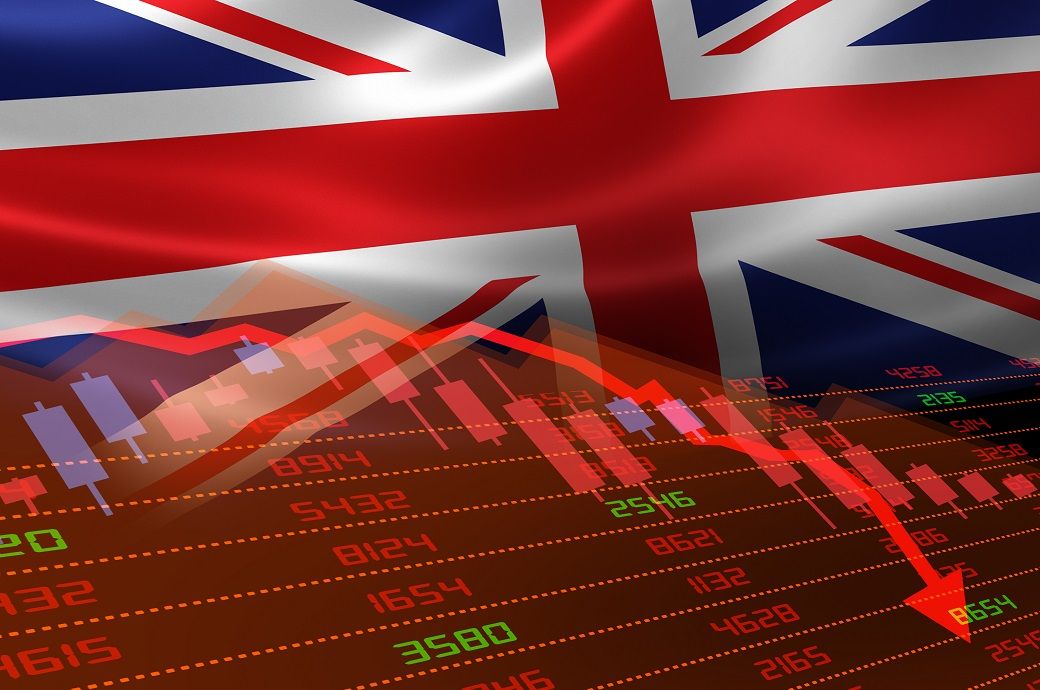
The downturn continued to be led by manufacturing, where the rate of decline accelerated to the fastest seen since the global financial crisis with just four monthly exceptions. Both new orders and export orders fell especially sharply, though the export downturn showed some signs of moderating. Factories nevertheless shed workers at an increased rate.
Looking at the manufacturing sector in more detail, the steepest downturns are being seen in basic materials, often reflecting destocking by customers. Note that both input buying and inventories of inputs fell in December at marked and increased rates, despite supplier delivery delays easing during the month. Supplier delays were the least widespread since January 2020, just prior to the onset of the pandemic in the UK, as per an article published by S&P Global Market Intelligence.
Business activity fell for a fifth straight month in December. There was some good news, however, as the composite PMI rose from 48.2 in the prior two months to 49 to indicate only a modest rate of contraction and an easing in the rate of deterioration. Nonetheless, if pandemic lockdown months and the initial European Union (EU) referendum shock are excluded, the PMI is still signalling the steepest economic contraction since the height of the global financial crisis in early 2009.
While signs of lower inflation may be helping to restore some business confidence, further interest rate hikes by the Bank of England represent a gathering headwind to the near-term economic outlook.
Comparisons with GDP indicate that December's PMI reading is broadly consistent with the economy contracting at a modest quarterly rate of 0.2 per cent, putting fourth quarter growth as a whole at approximately minus 0.3 per cent. After the 0.2 per cent contraction of GDP in the third quarter, such a decline in the fourth quarter would indicate that the UK is in a technical recession of two consecutive quarterly GDP declines, S&P Global’s article further suggested.
While the rate of decline remains relatively modest at present, the forward-looking indicators provide a mixed picture as to near-term growth prospects.
There was positive news on firms' expectations of output in the year ahead, with future sentiment recovering further from the 13-year low seen in October in the aftermath of the ‘mini Budget’. However, while the overall degree of optimism has picked up, it remains extremely low by historical standards and at a level which in the past has tended to signal economic stress.
Similarly, inflows of new business fell at a slower rate than the 22-month high seen in November, though remain indicative of sharply falling demand and further output losses in the coming months.
In contrast, two other PMI indicators painted a downbeat picture. First, backlogs of work — which measures the amount of orders that companies have yet to work through and as such provides a reliable indicator of future operating capacity needs — fell sharply in December, registering the steepest decline since 2012 barring only the early-2020 pandemic lockdowns and the Brexit vote in 2016.
Whereas sharply rising backlogs during the pandemic had encouraged firms to take on extra staff at historically elevated rates, the situation is now reversing whereby falling backlogs of work are causing companies to start reducing payroll numbers, with December seeing the first — albeit marginal — decline in employment recorded since the lockdowns of early-2021.
UK’s price pressures stood at a 16-month low. Although average input costs paid by manufacturers and service providers continued to rise at an elevated rate in December, the rate of increase fell to the lowest since May 2021. The easing in cost pressures adds further evidence of a sharp moderation in upward cost increases from a peak back in May. Growth rates cooled markedly in both manufacturing and services.
The December data add to the likelihood that the UK is in recession, and that the contraction looks set to continue into the early months of 2023. For now, the downturn looks to be relatively mild, and the easing in the rate of decline in December is encouraging news, as is the further marked cooling of inflationary pressures.
However, the fact that the survey's key leading indicators have lifted compared to the turmoil created in the immediate aftermath of the botched ‘mini budget’ is no real cause for cheer.
Fibre2Fashion News Desk (DP)